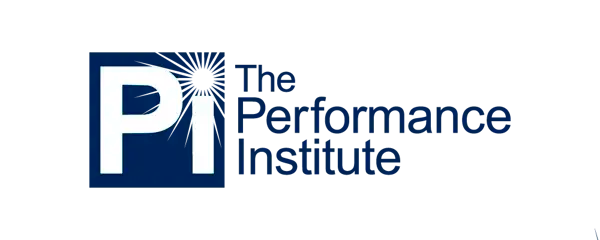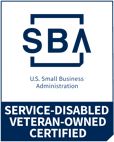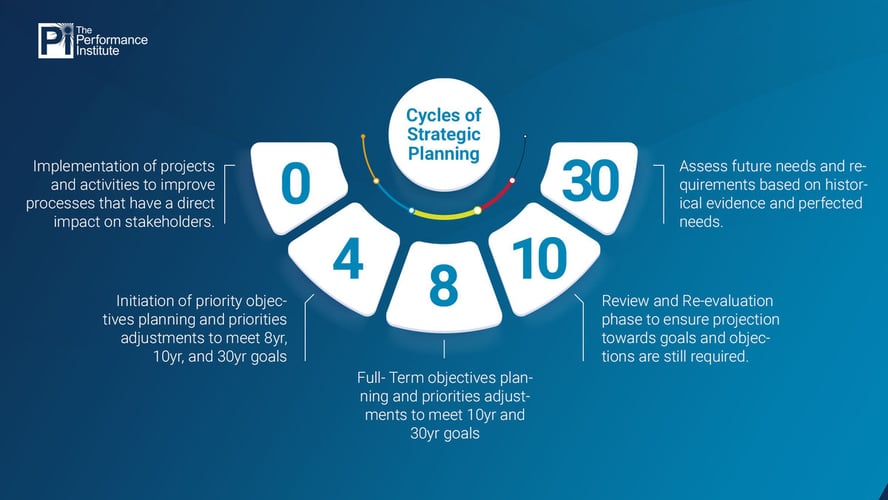For nearly three decades, the Government Performance and Results Act (GPRA) and its subsequent GPRA Modernization Act have been pushing Federal agencies to strategically focus program activities on achieving measurable outcomes. State and local governments, too, are increasingly desirous of implementing strategies to deliver results for their states and communities and demonstrate the success of their programs. However, sometimes lacking in strategies will and are having desired impacts.
Integrating Enterprise Risk Management (ERM) into the strategic planning and implementation process can greatly enhance program success.
Strategic Planning and Implementation
A strong strategic plan that lays out the logic of programs, what the goals are, and how they get achieved, is fundamental to achieving and maintaining high levels of performance in any government organization. Yet, while an effective strategic plan holds the promise of improved mission alignment, performance, and results in achievement, it is the effective execution of strategies at the program and operational levels the separates the winners from the losers.
What are the top three issues that prevent government organizations from moving from planning to action? Here is what we found:
• RISK: Lack of a shared understanding within the organization for how the plan will be used once it is rolled out.
• RISK: Unclear, or more often, unestablished priorities among programs, goals, and operations, including in resource allocation.
• RISK: Use of metrics that are not in alignment with objective results.
How ERM Helps the Strategic Planning and Implementation
Effective implementation of ERM supports strategy achievement because it:
- Explicitly addresses uncertainty, thereby creating and protecting value
- Is embedded in strategic and operational planning and decision making
- Is systematic, structured, and based upon the best available information
- Considers human and cultural factors, both within and outside the organization
- Facilitates continual improvement of the organization.
So, how can government organizations effectively implement ERM to help to move from planning to action?
First, organizations should recognize, during both planning and implementation, strategies, and operations, have inherent risk. The key is, during the planning process, to identify those risks, be they internal or external, through a SWOT or other landscape analysis tool, and plan appropriate elimination or mitigation strategies with an organization-wide focus. In other words, take a portfolio view or risk.
Second, realizing that different organizations and programs may have differing levels of risk appetite, the broad-based amount of risk the organization is willing to accept, and risk tolerance, which is the acceptable level of variance in performance level relative to the achievement of programs.
Third, enhance governance processes to broadly share the responsibilities for managing risk throughout the organization from the highest levels of leadership to policy and program delivery staff.
Mitigating Risk in Program Resource Alignment
There are two aspects to risk mitigation in program resource alignment: Performance, both financial and non-financial; and Budget, the resource required to achieve the strategy, as opposed to the level resource the organization has on hand now.
First, let’s consider performance. Most organizations have performance measures of some type. The question is: are they the right measures? By right measures, we mean are they used by leaders, managers, and supervisors to actually make decisions? There are a few evaluation questions organizations can ask to identify their risk in this area:
- Is there a measurement and monitoring of progress against goals and our risk appetite and tolerance?
- Is there risk monitoring of mitigation strategies and investments to validate effectiveness?
- Do we have key performance indicators, or KPIs, that monitor emerging risks?
- Does our organization conduct risk forecasting and stress testing on a continual basis?
- Finally, how do our budget structure and allocation support strategic goal achievement?
Now, let’s consider the budget. A best practice for linking resource levels and strategy achievement is the implementation of a performance-based budget or PBB. What is a PBB? A PBB is one that describes the relationship between the level of resourcing and the expected achievement from each program within an organization. In short, it is the financial expression of the organization’s operating plan, or if multi-year, its strategic plan.
Most government organizations currently take a baseline approach to budgeting. The baseline expenditures or obligations, take a “bottom-up” approach, add a margin, analyze changes from the baseline, and it is difficult to explain budget estimates. This approach introduces program risk because it assumes that current program structures are correct, leaving potential capacity problems unaddressed. It is also more subject to gaming and the introduction of unstated priorities, and difficult to tie funding levels to the achievement of results. In short, it contributes to neither strategy implementation nor the achievement of results.
Alternatively, a PBB contributes to the achievement of the overall strategy and the achievement of results because is a top-down approach based on the strategic plan and has an increased focus on the achievement of performance goals. It, therefore, mitigates program and organizational risk through a transparent demonstration of program requirements, both physical and financial, in a cause-and-effect manner and allows for rapid reaction to identified risks or changing priorities.
Integrating Enterprise Risk Management into Strategic Planning and Implementation
Interested in learning more about improving your organization’s ability to have a positive and real impact on your customers? The Performance Institute is hosting the Government Performance Week focused on Strategy, Performance Measures, and Benchmarking for Success from June 28 through July 2, 2021. During this week, attendees will have the opportunity to learn how to make this strategic integration a reality and actually put what is leaned into practice through the use of case studies. Please go to http:/performanceinstitute.org for details















